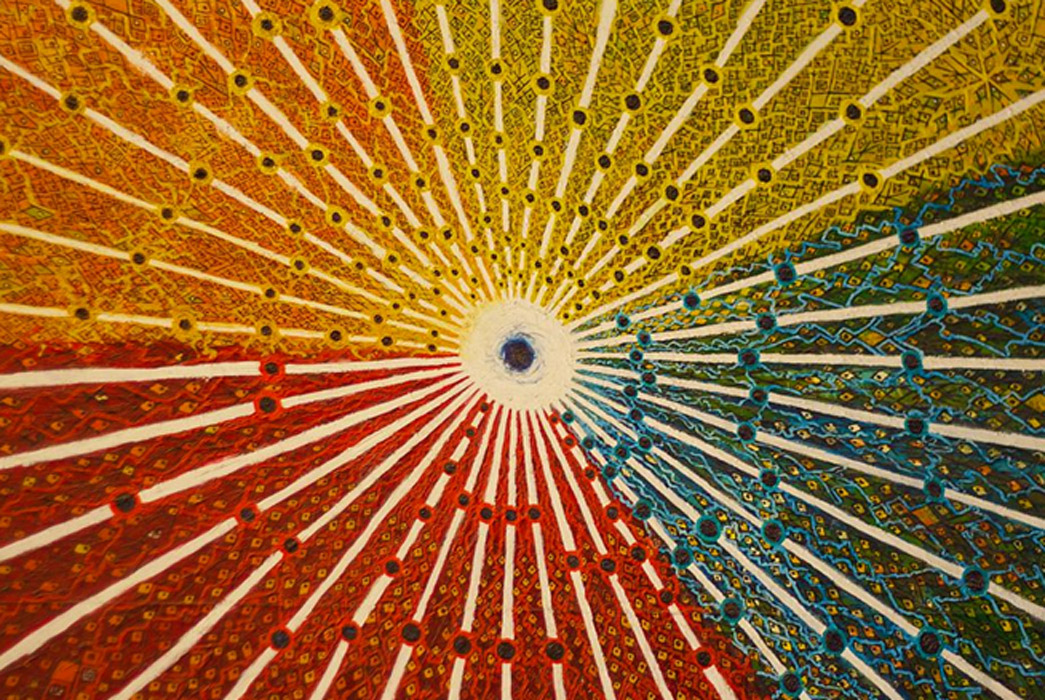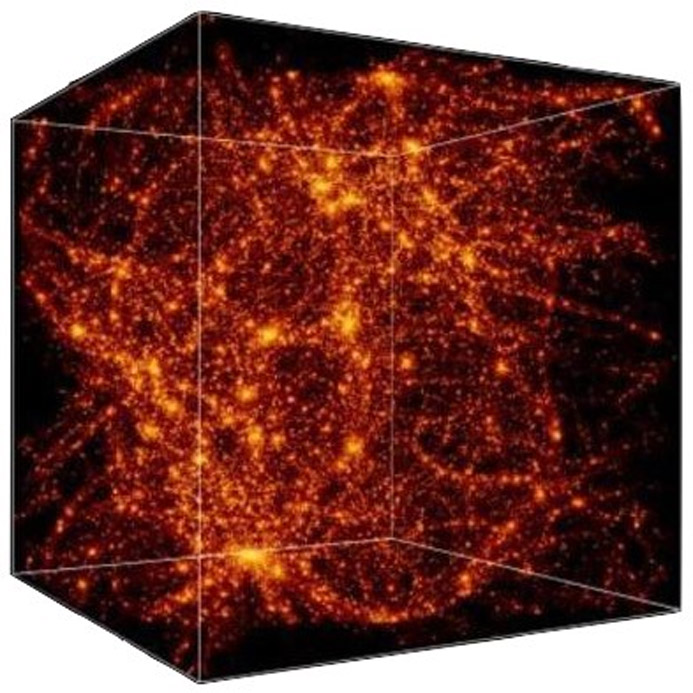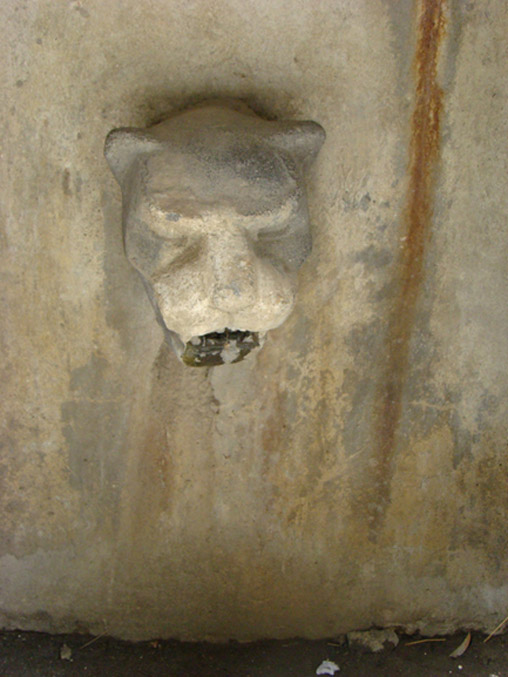
Rediscovering the Lost Code of the Inca Cosmic Power Matrix
The National Museum in Quito, Ecuador exhibits an otherworldly collection of sheet-gold masks representing the Andean sun god Inti. Zig-zag rays of golden light burst from his face and some end in tiny stylized human figures, animals and insects. Most Inti masks were crafted by the La Tolita culture which extended along the coast from the Esmeralda area of Ecuador to the Tumaco Region in Colombia between 300 BC and 400 AD. However, a sun-burst Inti mask was discovered 2000 miles south in Cusco.

Sun God Inti masks (Via Author)
Over the decades this collection of Inti masks has been studied by hundreds of professors of archeology and viewed by tens of millions of museum visitors, but they have never been interpreted from the viewpoint of an ancient Inca priest. When doing so, these otherwise data-less, aesthetically pleasing artifacts become multi-interpretational repositories of lost ancestral knowledge, holding in their geometries and iconographies—the Inca’s secrets of creation.
Andean Cosmovision and the Codes of Creation
Western cosmology is built around a self-centric system of observation, where one perceives the universe as consisting of isolated objects, and consciousness is centered upon, and limited to, our own being. Andean Cosmovision is a term which describes how ancient Andean people viewed space and time and how these concepts were spiritualized and ritualized. Cosmovision was mystical and everything in the universe was perceived as a conscious, living filament of energy within an interconnected three-dimensional matrix.

The most important collection of nodes to the Incas was Pachamama. (A. Kravtsov, A. Klypin/CC BY-SA 3.0 us)
Where filaments collided, nodes were formed, which were tangible objects in this reality; you are a node, as am I a node, as is your car and the screen you are reading this article on. The most important collection of nodes to the Incas was Pachamama (the great bundle of filaments) the cosmic mother— planet earth. Filaments (objects and occurrences) were ordered in a three-dimensional space-time or spatiotemporal levels, called Pachas. The perceivable world of the here and now was Kay Pacha and was represented symbolically with a puma.






